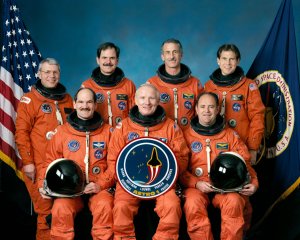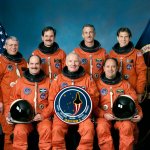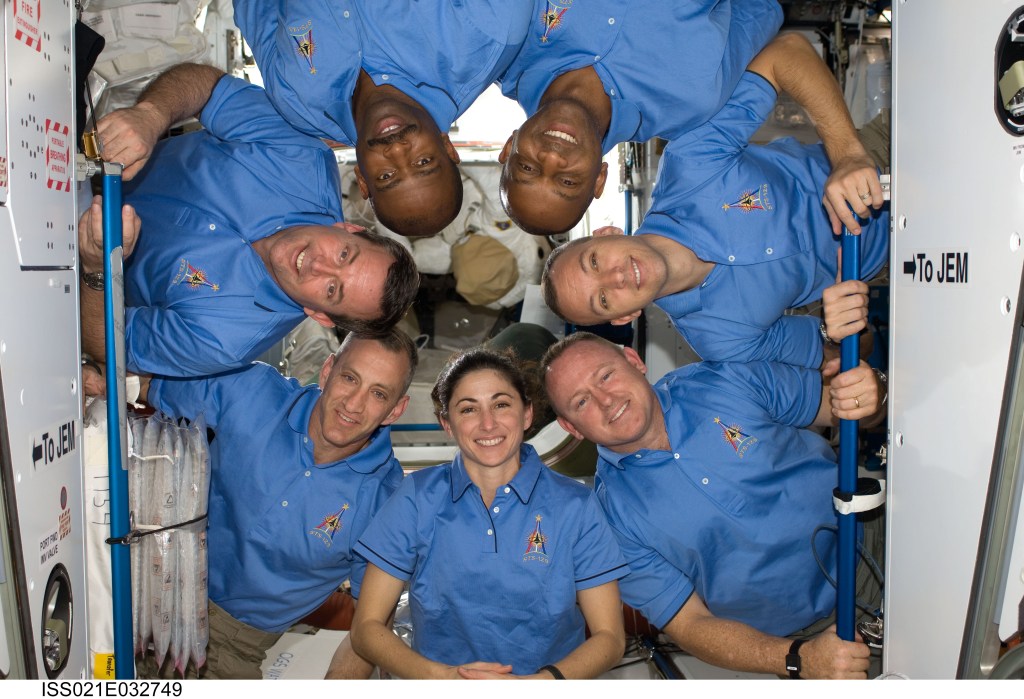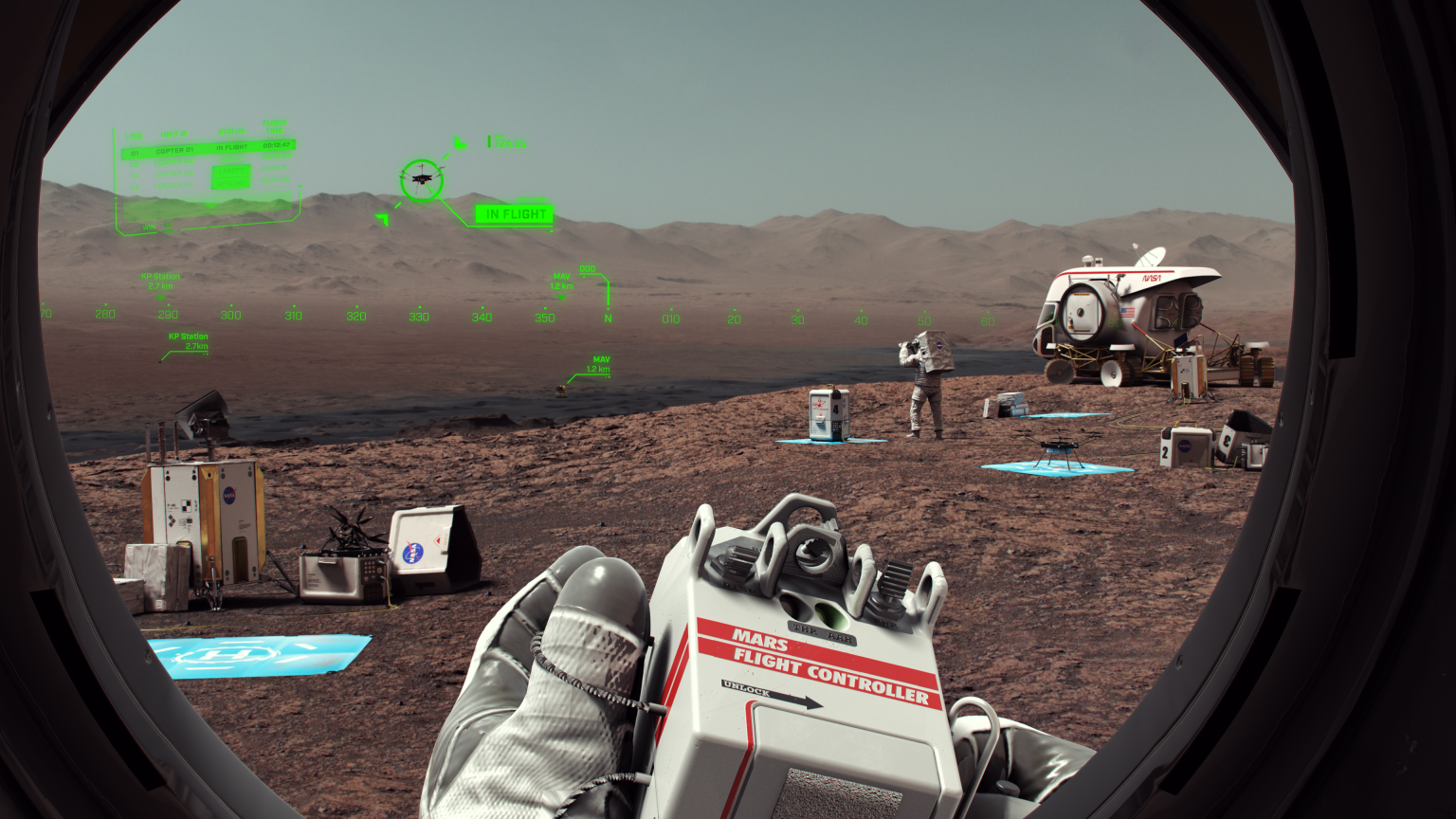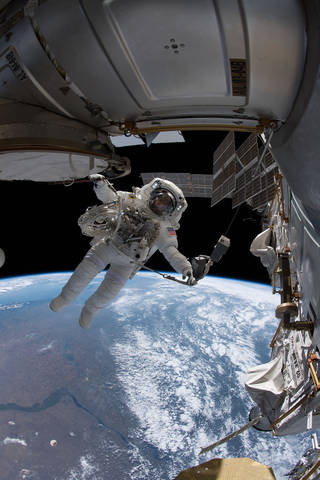
STS-35
STS-35 was devoted to astronomical observations with ASTRO-1, a Spacelab observatory consisting of four telescopes.
Orbiter
mission duration
Launch
Landing
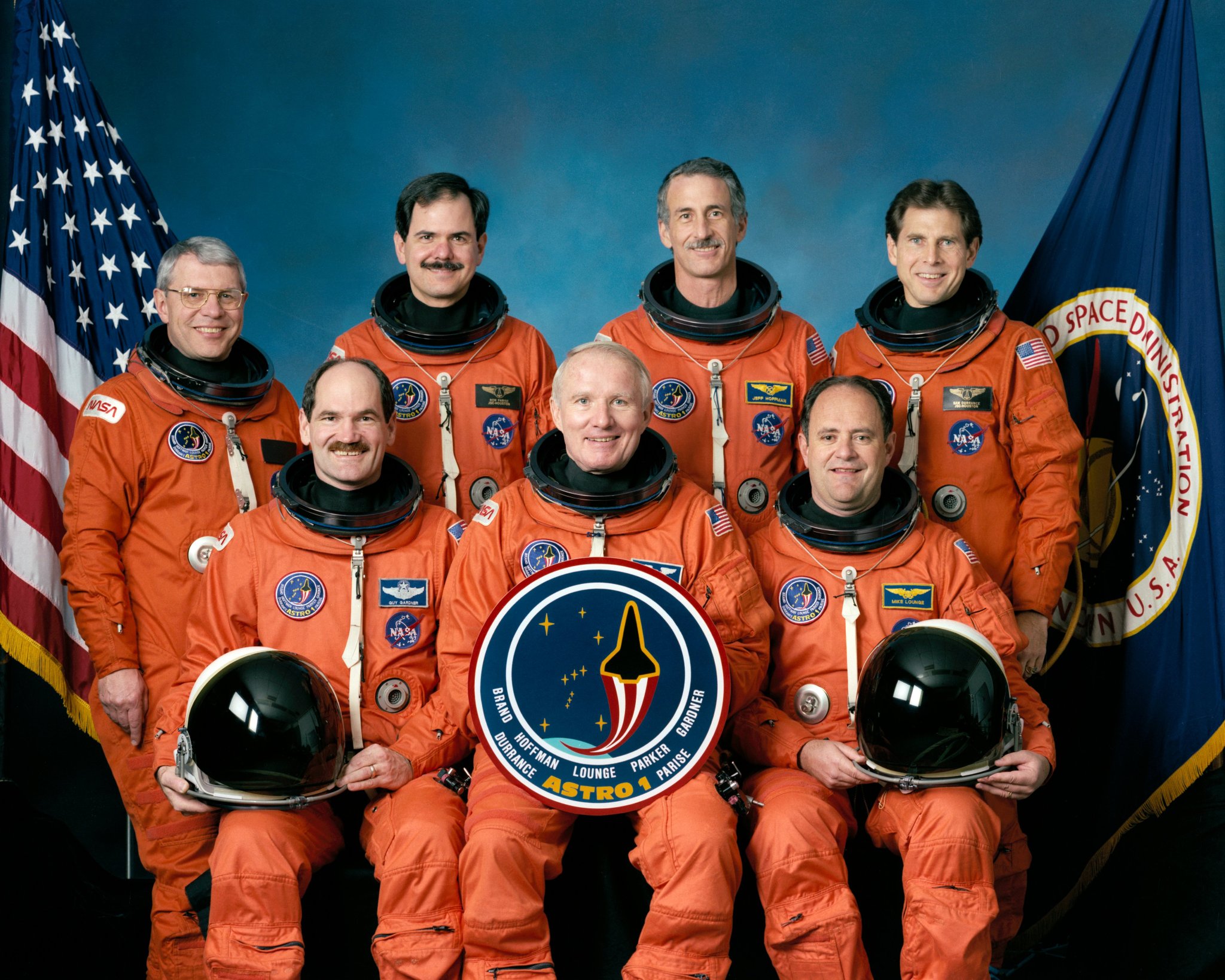
Mission Facts
Mission: ASTRO-1
Space Shuttle: Columbia
Launch Pad: 39B
Launch Weight: 256,385 pounds
Launched: December 2, 1990, 1:49:01 a.m. EST
Landing Site: Edwards Air Force Base, Calif.
Landing: December 10, 1990, 9:54:09 p.m. PST
Landing Weight: 225,329 pounds
Runway: 22
Rollout Distance: 10,566 feet
Rollout Time: 58 seconds
Revolution: 144
Mission Duration: 8 days, 23 hours, 5 minutes, 8 seconds
Orbit Altitude: 190 nautical miles
Orbit Inclination: 28.45 degrees
Miles Traveled: 3.7 million
Crew
Vance D. Brand, Commander
Guy S. Gardner, Pilot
John M. Lounge, Mission Specialist
Robert A. Parker, Mission Specialist
Jeffrey A. Hoffman, Mission Specialist
Ronald A. Parise, Payload Specialist
Samuel T. Durrance, Payload Specialist
Launch Highlights
The launch was first scheduled for May 16, 1990. Following the Flight Readiness Review (FRR), announcement of a firm launch date was delayed to change out a faulty freon coolant loop proportional valve in orbiter’s coolant system. At subsequent Delta FRR, date set for May 30. Launch on May 30 scrubbed during tanking due to minor hydrogen leak in tail service mast on mobile launcher platform and major leak in external tank/orbiter 17-inch quick disconnect assembly. Hydrogen also detected in orbiter’s aft compartment believed associated with leak involving 17-inch umbilical assembly.
Leakage at 17-inch umbilical confirmed by mini-tanking test June 6. Could not repair at pad and orbiter returned to VAB June 12, demated and transferred to OPF. Changeout of orbiter- side 17-inch umbilical assembly made with one borrowed from orbiter Endeavour; external tank fitted with new umbilical hardware. ASTRO-1 payload reserviced regularly and remained in Columbia’s cargo bay during orbiter repairs and reprocessing.
Columbia rolled out to Pad A for second time August 9 to support a September 1 launch date. Two days before launch, avionics box on BBXRT portion of ASTRO-1 payload malfunctioned and had to be changed out and retested. Launch rescheduled for September 6. During tanking, high concentrations of hydrogen detected in orbiter’s aft compartment, forcing another postponement. NASA managers concluded that Columbia had experienced separate hydrogen leaks from beginning: one of umbilical assembly (now replaced) and one or more in aft compartment which had resurfaced. Suspicion focused on package of three hydrogen recirculation pumps in aft compartment. These were replaced and retested. Damaged Teflon cover seal in main engine number three hydrogen prevalve replaced. Launch rescheduled for September 18. Fuel leak in aft compartment resurfaced during tanking and mission scrubbed again. STS-35 mission put on hold until problem resolved by special tiger team assigned by the space shuttle director.
Columbia transferred to Pad B October 8 to make room for Atlantis on Mission STS-36. Tropical storm Klaus forced rollback to VAB October 9. Vehicle transferred to Pad B again October 14. Mini-tanking test conducted October 30, using special sensors and video cameras and employing a see-through Plexiglas aft compartment door. No excessive hydrogen leakage detected. Liftoff December 2 delayed 21 minutes to allow Air Force range time to observe low-level clouds that might impede tracking of the shuttle ascent.
Mission Highlights
The primary objectives were round-the-clock observations of celestial sphere in ultraviolet and x-ray astronomy with ASTRO-1 observatory consisting of four telescopes: Hopkins Ultraviolet Telescope (HUT); Wisconsin Ultraviolet Photo-Polarimeter Experiment (WUPPE); Ultraviolet Imaging Telescope (UIT); and Broad Band X-Ray Telescope (BBXRT). Ultraviolet telescopes mounted on Spacelab elements in cargo bay were to be operated in shifts by flight crew. Loss of both data display units (used for pointing telescopes and operating experiments) during mission impacted crew-aiming procedures and forced ground teams at Marshall Space Flight Center to aim ultraviolet telescopes with fine-tuning by flight crew. BBXRT, also mounted in cargo bay, was directed from outset by ground-based operators at Goddard Space Flight Center and not affected. Other experiments: Shuttle Amateur Radio Experiment-2 (SAREX-2); ground-based experiment to calibrate electro-optical sensors at Air Force Maui Optical Site (AMOS) in Hawaii; and crew conducted Space Classroom Program: Assignment: The Stars, to spark student interest in science, math and technology. Crew experienced trouble dumping waste water due to clogged drain, but managed using spare containers. Mission cut short one day due to impending bad weather at primary landing site, Edwards Air Force Base, CA. Science teams at Marshall and Goddard Space Flight Centers estimated 70 percent of planned science data achieved.
STS-35
Shuttle News
Retired Space Shuttle Locations
Shuttle Atlantis – Kennedy Space Center Visitor Complex Shuttle Discovery – Steven F. Udvar-Hazy Center Shuttle Endeavour – California Science…
Read the Story




























